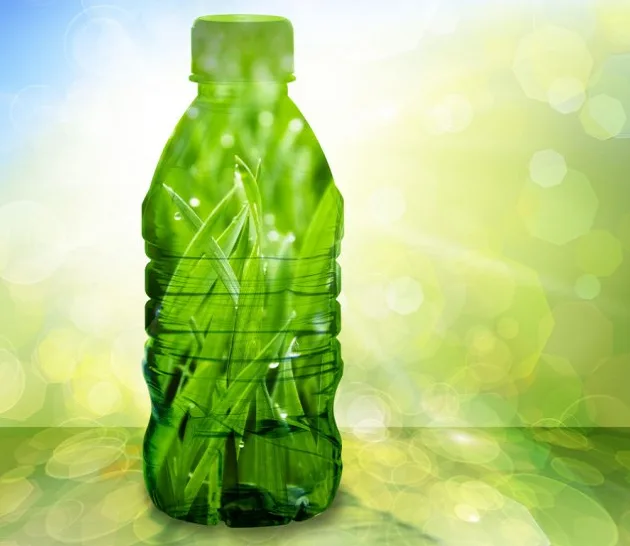

A plastic / polymer is considered to be biodegradable when it breaks down completely into basic elemental components such as water, mineralised biomass and gas with the help of microorganisms.


Compostability is requiring specific conditions for total degradation either by control of the environment or removal of residual materials.
The vast majority of plastics are produced from non-renewable, fossil-based sources, but biodegradable plastics are derived from bio-based sources. However few plastics that are derived from fossil-based sources are also biodegradable such as Polyvinyl Alcohol (pvoh or PVA).
Biodegradability of plastics are based on rate of its degradation in this environment which depends on both chemical compositions i.e., the type of plastic and where the material ends up at the end of its life:


Industrial composting facilities are designed to undertake aerobic composting high volumes of organic matter such as food and garden waste to produce compost. The plastics must be complaint with protocols like European Standard EN 13432, ISO 17088, ASTM D6400 etc. that are designed to be compatible with industrial composting systems.
Anaerobic Digestion facilities are designed to undertake anaerobic composting matter to produce biogas (CO2 and Methane) and digestate.
Testing standards have been designed to determine the biodegradability of plastics in soil, compost, landfill, marine or other aquatic environments.
European Standard EN 13432: defines the criteria must be met for a material to be suitable for commercial industrial composting and anaerobic digestion. Test material to show disintegration and loss of visibility in the final compost after 3 months, no more than 10% of the initial weight of the test material should be retained and within a maximum of 6 months, 90% of the carbon in the test material must be converted to CO2.
Most important certification schemes that comply with EN 13432 are DIN-CERTO, TUV AUSTRIA (VINCOTTE), OK COMPOST LABEL and COMPOSTABILE-CIC.
International Standard ISO 17088: A plastic product is considered to have demonstrated satisfactory disintegration if, after 84 days in a controlled composting test, it is completely disintegrated into less than 2 mm fragments. This is proven if no more than 10 % of its original dry mass remains after sieving through a 2,0 mm sieve. The 90 % threshold is the result of complete disintegration (100 %) minus 10 % tolerance. A 10 % tolerance is applied in order to take into consideration the variability occurring in biological processes.
American Standard ASTM D6400: This standard is similar to that of ISO 17088


Some bioplastics are biodegradable but not all of them are [11] as these must undergo biodegradation in industrial composting facilities and must adhere to strict guidelines.
Poly lactic acid (PLA), Poly hydroxy alkanoates (PHAs), Poly butylene succinate (PBS) as well as plastics based on starch, cellulose, lignin, and chitosan, are some examples of bioplastics that are both bio-based and biodegradable.
Furthermore, Poly caprolactone (PCL), Poly vinyl alcohol (pvoh / PVA) and Poly butylene adipate terephthalate (PBAT) are examples of biodegradable bioplastics derived from fossil resources.
There are advantages of bio plastics such as easily breakdown in to environment (given right conditions), making these more environment friendly, however there may be an impact on land, water that grow 1st generation feedstock [12], as well as being expensive with only limited end of life.
Whereas fossil based environmentally friendly material like HydropolTM that is derived from petro-chem and therefore available at scale with no limitations on feedstock in short to medium term.

WhatsApp us